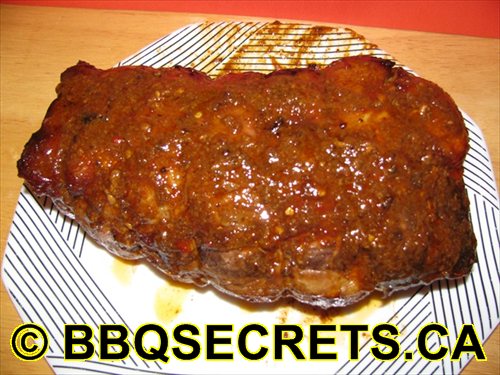Seven tips for the perfect smoked pork.

Smoking pork is a delicious way to impart rich, smoky flavors to the meat. Here are seven tips to help you achieve the perfect smoked pork:
- Choose the Right Cut:
Selecting the right cut of pork is crucial for a successful smoking session. Popular choices include pork shoulder (also known as pork butt) and pork ribs. These cuts have a good balance of fat and meat, which contributes to tenderness and flavor. - Brining or Marinating:
Brining or marinating the pork before smoking can enhance its flavor and juiciness. You can use a simple saltwater brine or create a flavorful marinade with herbs, spices, and other seasonings. Allow the pork to soak in the brine or marinade for several hours or overnight for optimal results. - Dry Rub for Flavor:
A good dry rub adds a flavorful crust to the exterior of the pork while complementing the smoky taste. Create a custom dry rub using a combination of salt, pepper, paprika, brown sugar, garlic powder, onion powder, and any other spices you prefer. Apply the rub generously to the pork, ensuring it adheres to the meat. - Maintain a Consistent Temperature:
Consistent temperature control is key to achieving perfectly smoked pork. Aim for a low and slow cooking method, typically around 225-250°F (107-121°C). Use a reliable smoker or grill with proper ventilation to regulate the temperature. Consider using a meat thermometer to monitor the internal temperature of the pork. - Choose the Right Wood for Smoking:
The type of wood you use for smoking imparts distinct flavors to the pork. Common choices include hickory, apple, cherry, mesquite, and oak. Experiment with different woods to find the flavor profile you prefer. Soak wood chips or chunks in water for about an hour before adding them to the smoker for a slower, more controlled release of smoke. - Wrap for Moisture:
After a few hours of smoking, consider wrapping the pork in aluminum foil. This method, often referred to as the “Texas crutch,” helps retain moisture and accelerates the cooking process. It’s particularly useful when smoking larger cuts like pork shoulder. However, be mindful of not overcooking; unwrap the pork during the final hour to allow the bark to form. - Resting Period:
Allow the smoked pork to rest for at least 15-30 minutes after removing it from the smoker. This resting period lets the juices redistribute throughout the meat, resulting in a juicier and more flavorful end product. Tent the pork with foil to retain heat during the resting phase.
By following these tips, you can enhance the flavor, tenderness, and overall quality of your smoked pork. Remember that smoking is both an art and a science, so don’t be afraid to experiment and find the combination that suits your taste preferences.
These tips were brought to you by The BBQ KING at bbqsecrets.ca
